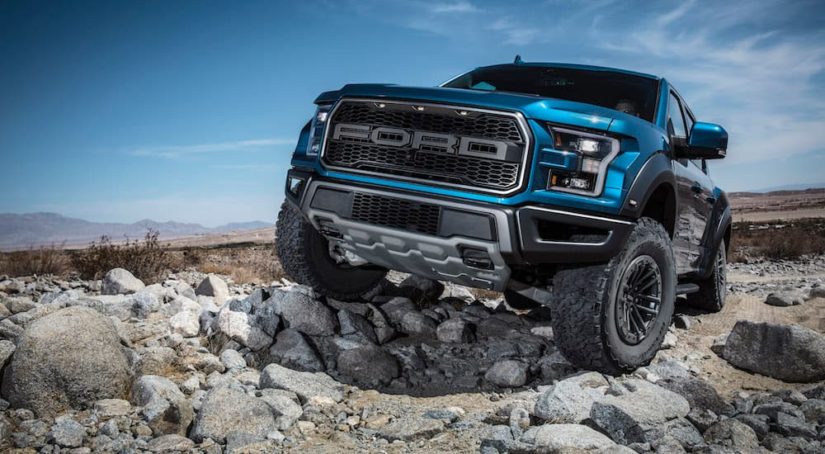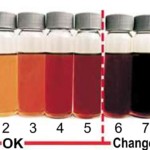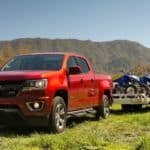When you are searching for the perfect vehicle from your used truck dealership, you probably spent way too much time focusing on the brand and model. Not that there’s anything wrong with that; after all, it is a critical part of the process. The problem is that when you do discover the right brand and model, you still need to decide on the options and features that fit you best. So it makes perfect sense to know the difference between the trim levels. For example, you find a great deal on a used Ford F-150, but you have no idea what the difference is between the Raptor trim and the XL. For starters, the price for a used F-150 will vary depending on the trim. A price that is great for a Raptor model is not such a good deal on the XL model. So it is in your best interest to educate yourself on trim levels and how they affect the way you shop for a used car or truck.
What Is a Trim Level?
A trim level or trim package is basically a vehicle model with various features and options. All auto models start off with what is called a base model, which is the lowest trim level and often comes with just the basic necessities. Of course, since the base model doesn’t include a lot of the bells and whistles you get in higher trims, the cost is lower.
An entry-level or base trim level model might not even offer simple convenience features like automatic windows or a key fob that locks the doors with a press of a button. However, there are considerable differences in trim levels and what is offered depending on the brand and model. For example, the 2018 Mazda CX-3 provides quite a few extras with the Sport trim, which is its base model. This small crossover comes with a 7-inch touchscreen, Bluetooth, and a handful of safety features. So you are getting quite a bit more for your money when choosing the base trim level.
If you are in the market for a used truck and you happen to stumble upon a 2020 Ford F-150 XL, you might be disappointed that it is a base-level model. But in doing a little research, you will discover that the XL is actually a well-equipped base model that includes such goodies as a backup camera and a suite of active safety features.
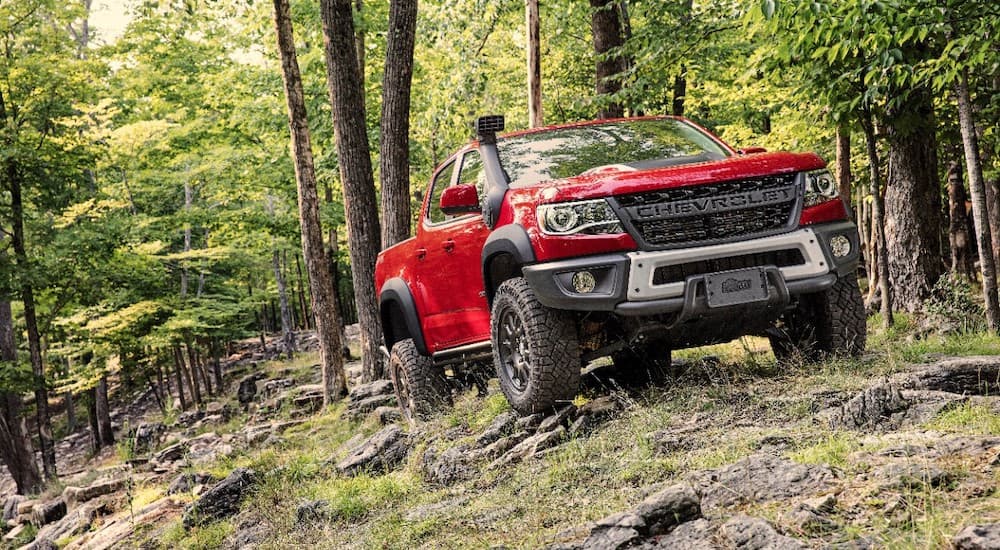
Types of Trim Levels
The number of trim levels offered for a particular model varies on the manufacturer and model. For example, the current Ford F-150 is offered in seven trim levels, eight if you include the Raptor, while the Chevy Colorado comes in four trim levels. This does not necessarily mean that it makes better sense to choose a Ford F-150 because it offers more trim choices; the Chevy Colorado might offer a trim level perfect for your particular needs.
There are usually a wide variety of trim levels that offer changes to the interior and exterior, as well as options in drivetrains and even transmissions. In many cases, the base level only provides one type of powertrain, and you will be limited on what options you can get. For example, the 2018 Chevy Camaro base model enjoys a sweet 2.0-liter turbocharged four-cylinder engine with plenty of torque. But if you want the 3.6-liter V6, you need to find a higher level trim.
Choosing a Trim Level
Think about trim levels as one of the tools you use when buying a used car. When you are researching used trucks and cars, make a list of all of the features, options, and other goodies you want or need in a vehicle. For example, you might not want a used car without a backup camera, or you have to have a V8 in your truck. Keep in mind that this will be an extensive list, so it will get a little overwhelming unless you write things down.
There are a lot of features available in modern vehicles that include push-button start, adaptive cruise control, heads-up display, leather seats, and remote start, just to name a few. Of course, many of these types of features aren’t necessities, but they are features you desire. And while maybe you really want a push-button start, it’s not necessarily a deal-breaker.
There will be some features that you consider must-haves. For example, you might insist that the used vehicle you intend to buy has Apple Carplay and Android Auto. After you have made your list, check into the trim levels of the make and model you desire to see which fits best.
You also need to keep in mind that there is never going to be a perfect trim level, nor will you find a used vehicle with everything you need. In fact, even if you were shopping for a brand new car or truck, getting everything you want is still an uphill battle.
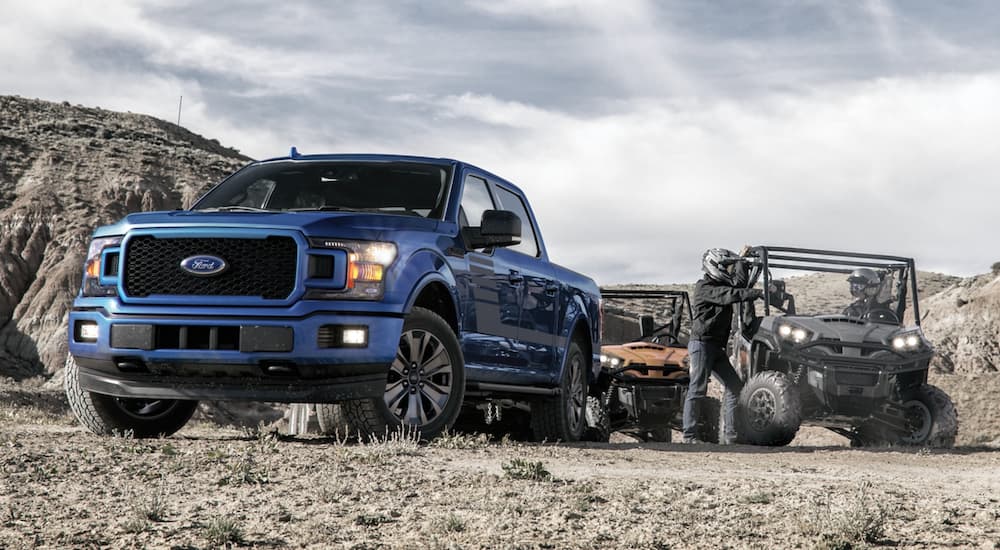
Getting a Good Deal
One of the benefits of shopping for a used model is that you can get a higher trim level at a reasonable price. If you were to head to your Ford dealership to check out the Ford F-150, you would probably be super impressed with the top-of-the-line Limited trim, which also happens to be the most expensive. Sure, the Lariat is essentially the cream of the F-150 crop with an elegant interior, but many people simply cannot afford the top trim.
When you are shopping for a used F-150, be on the lookout for one in the Lariat trim because it is more affordable. Getting everything you wanted in a truck at an affordable price is the reason why you are smart for shopping for used models.
There are other considerations when researching trim levels as well. For example, a high trim level does not necessarily mean you are getting more luxury and convenience features. Many times, especially when you are shopping trucks and SUVs, a higher trim level might offer a more powerful engine or upgraded suspension and other components for better off-road chops. This just happens to be the case with the F-150 Raptor, which is a trim level that enhances the off-road ability of the model.
It doesn’t end there. Trim levels also offer different styling. Many higher trim levels offer larger and fancier wheels, for example. There are even trim levels that provide totally different styling components like the front grille. Finally, there are examples of a specific trim level that completely changes the look of the model.
Final Thoughts
There are plenty of compelling reasons to buy a used car or truck. In addition to saving money, modern vehicles are more reliable than ever and promise a longer lifespan. Thanks to vehicle history reports, buying a used car or truck is a lot less risky than it was back in the day. You also don’t have to deal with the rapid depreciation you see when buying a new car. A new car or truck will lose as much as 30 percent of its value within the first year of its purchase. Buying used means you really do get more for your money, especially if you do your research and do your homework and look into getting a high-level trim in the make and model of your choice.
